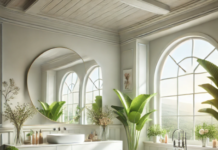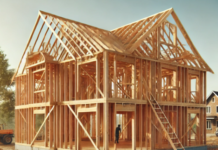Desert Gardening: Create Your Summer Garden In The Desert -Most people think of the desert as a barren place filled with few animals and even fewer plants. If you did not grow up in the area your misconception of the beauty and contrast represented in the desert landscape will not be favorable. While it is admittedly a bit harder to raise plants in the arid desert states it is not impossible to create a work of art for your home. Desert gardening involves a lot of landscaping and even a bit of good soil forming but the results can be magnificent. Most homeowners spend a bit of time on their lawns and gardens and they are very proud to show off the results.

Desert landscaping
By using what is known as microclimates you can grow a wide variety of plants and flowers in the desert states. It takes a careful and thorough analysis of the home the suns trajectory and the soil composition around the home. Site designing is the key to create a successful summer garden in the desert.
Here are a few steps you can take to make the most out of your gardening experience.

Desert landscaping
1. Take a survey of the yard. Find out which side faces north. Now you can easily figure out what is east and west. Sun rise and sun set is what you are after. Locate and mark the most shaded areas. This will be where the most moisture will be during the summer and it will be degrees cooler.
2. Measure the proposed planting sites. You will need a tape measure of 100+ feet, when measuring stay at a 90-degree angle from the wall. Keep a record of these measurements. It is a good idea to list any plants you want to keep in the area.

Xeriscaping plants (yellow color scheme)
3. Decide how much of the area you will use for bedding your plants. Draw a graph of the area this way you can see your design and better visualize the color scheme.
4. Now it is time to arrange your sites and plants according the best-suited microclimate. You may have several different microclimates to choose form in desert areas.

Cactus in bloom
5. Choose your plants according to which ones can flourish in the same areas. You should think in terms of creating clumps and drifts of plants instead of single plants. Place plants with similar needs for lighting and water in the same general area. Consider getting garden planters to test new plants.
6. Instead of a water-hogging lawn, plant a desert garden suited to natural conditions.
7. This is the time to make sure that you have the arrangement designed by height requirements. If you plant taller plants and shorter plants together you run the risk of having some plants that will eventually not get enough sunlight.

Kalanchoe luciae

Color palette made by colorful gravel and plants



























